The Dawn of Visual General Intelligence
On Thursday 25th September 2025, our very own Talia Bender and Jeremy Michaels officially launched our new whitepaper, proudly announcing the dawn of Visual General Intelligence (VGI) to the world.
This article is the first of six that covers each of the six sections of that whitepaper – The Future of Visual Intelligence: AI Vision Through The Looking Glass – which includes our belief that VGI will be the quintessential proof point of Artificial General Intelligence (AGI).
You can now download the whitepaper and enjoy our on-demand webinar with our founders – Nico Klingler and Gaudenz Boesch – stepping us through what VGI is and why it matters. In this article we summarize the first section of that whitepaper.
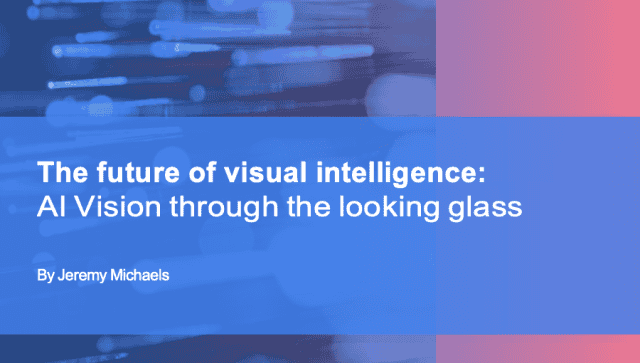
“In a world overwhelmed by complexity, the systems we trust to manage it are today increasingly blind. What if we could give machines the power to truly see… not just to recognize, but to understand, anticipate, and act with real contextual intelligence?”
Nico Klingler, co-founder and co-CEO @ viso
See more:
- VGI Whitepaper
- Official VGI Whitepaper Launch Interview
- Q&A with the Founders: Introducing VGI Webinar
Living through extraordinary times
History has always been shaped by crises and breakthroughs. Today, however, we are living in what might be called an Age of Crisinity – a time defined not by one global challenge but by the overlap of many. Geopolitical disruption, climate instability, pandemics, and a rapidly accelerating wave of technological change.
While crises bring instability, they also bring opportunities for transformation. Throughout history, moments of dislocation have spurred leaps forward: printing presses, industrial revolutions, global networks. Today, the catalyst is Artificial Intelligence (AI). But not AI as a headline or a buzzword. AI as a force shaping economies, re-engineering industries, and transforming the way humans perceive and interact with reality itself.
This is the context for our new whitepaper, The Future of Visual Intelligence: AI Vision Through the Looking Glass. Its goal is not only to map the path ahead but to explain why Visual General Intelligence (VGI) may be the most important technology of our lifetime.
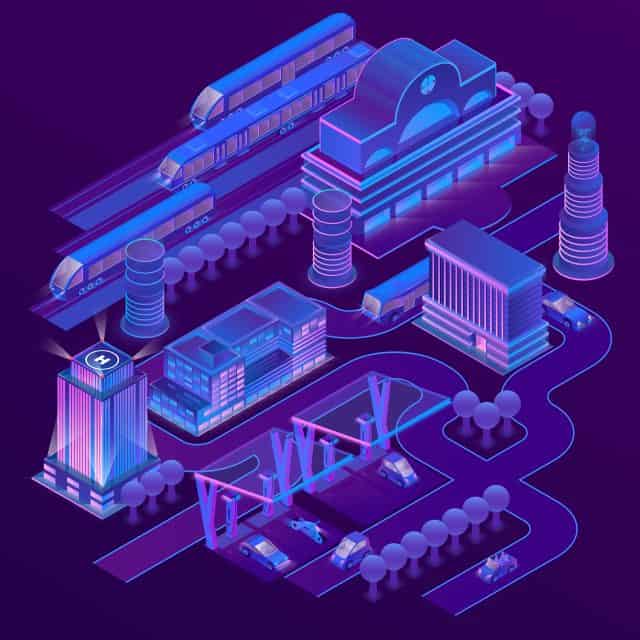
The Singularity on the horizon
The notion of the “Singularity”- a point where AI surpasses human intelligence and begins to self-improve exponentially – has long hovered at the edges of science and speculation. Visionaries like Ray Kurzweil have predicted its arrival in the 2030s. Critics call it hype, while others believe we may already be brushing against its boundaries.
Whether the Singularity comes in five years or fifty, one fact is clear: AI is no longer a futuristic idea. From Alan Turing’s thought experiments in the 1950s to DeepBlue’s chess victory in 1997, to today’s multimodal AI models, the progression has been astonishing.
But while models trained on text have dominated the headlines, a deeper truth is emerging: vision is the ultimate frontier. Human beings are visual creatures – most of the data our brains process is visual. Machines that can not only see but also understand visual information may provide the clearest proof point for Artificial General Intelligence (AGI).
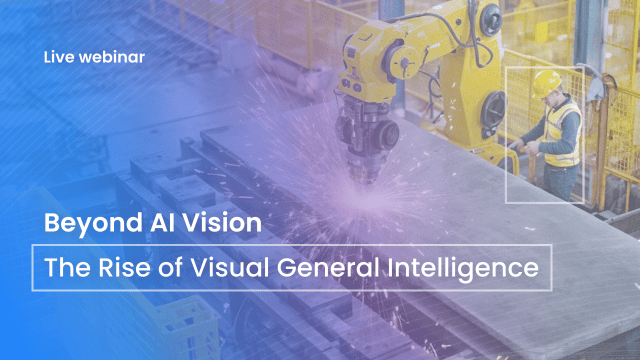
Why Visual General Intelligence?
Vision has always been central to human progress. It allows us to navigate the world, anticipate danger, recognize opportunities, and make meaning from complexity. Extending that faculty to machines unlocks something far greater than incremental efficiency: it unlocks new ways of perceiving reality itself.
This is why – as outlined in our recent webinar – we define VGI as the quintessential proof point of AGI. When machines can interpret any visual scene across any domain – industrial, medical, environmental, or creative – with the agility, flexibility, and nuance of human perception, we will have crossed a threshold.
VGI builds on decades of computer vision and today’s Visual Intelligence systems, but it goes further. Imagine:
- Open-world reasoning – systems that can navigate unstructured environments without prior training.
- Meta-perceptual awareness – machines that don’t just recognize what is visible but predict what should be visible.
- Simulation-level vision – recreating, forecasting, and designing environments from minimal input.
Today, none of this is science fiction. It is the trajectory of technologies already converging in labs and industries around the world.
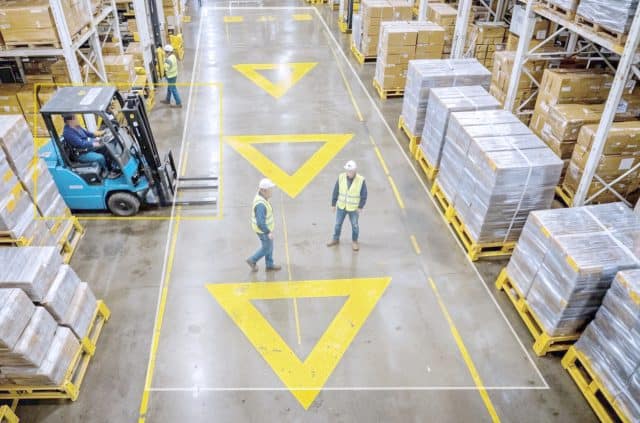
The economic stakes
Why does this matter beyond academic debate? Because the economic implications are staggering. McKinsey & Company and PWC estimates indicate that today’s visual intelligence applications alone could add $5 trillion annually to global GDP by 2040. That’s based on the systems we already have – the ones capable of detecting objects, monitoring processes, and classifying risks.
But the potential of VGI dwarfs these early use cases. As application layers evolve and visual reasoning scales, the value could triple. VGI could impact:
- Industry – eliminating inefficiencies, reducing waste, and driving continuous improvement
- Science – accelerating discovery in physics, chemistry, and medicine
- Healthcare – enabling early detection of disease and personalized treatment
- Climate response – monitoring ecosystems and predicting natural disasters with unmatched accuracy
In other words: VGI is not a niche technology. It is a general-purpose capability that touches every sector and every economy.
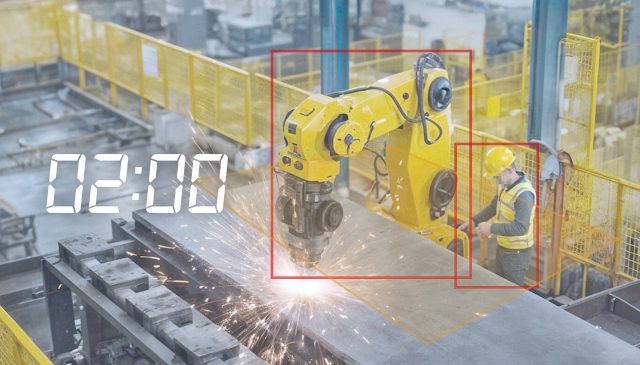
Humans, machines, and uniqueness
One objection often arises: machines cannot replicate human consciousness, free will, or creativity. This may be true – but perhaps less relevant than we assume. As Yann LeCun (Chief Scientist, Meta AI) points out, the path to AGI lies in training models on sensory inputs, and among those, vision is the most data-rich and complex.
Machines may never “dream” as we do, but they can process, analyze, and simulate patterns beyond our biological limits. If a four-year-old child’s optic nerves process more data than most large language models, the challenge for machines is immense, but also tractable.
The uniqueness of human cognition may remain untouched. Yet, in many ways, we may not be as unpredictable or special as we like to believe. And if machines can extend our capacity to see, understand, and act, then their value lies not in replacing us but in augmenting our evolution.
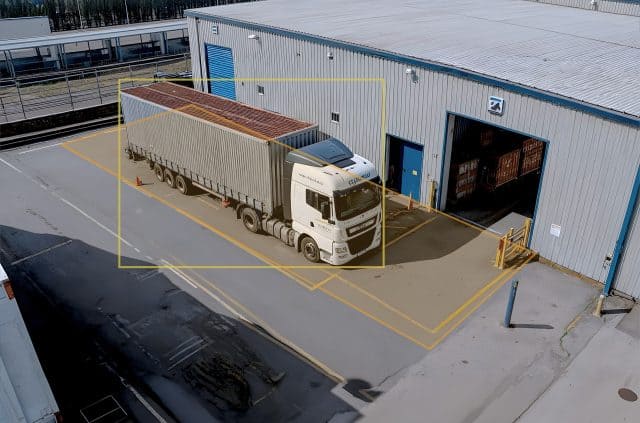
Visual General Intelligence as a crisis technology
It’s easy to frame VGI in terms of technological marvels, but its real promise lies in solving crises. Consider:
- Safety – preventing accidents in factories, construction sites, and urban environments
- Supply chains – spotting risks and rerouting around them before disruption hits
- Healthcare – diagnosing disease earlier than human eyes could detect
- Climate – predicting floods, fires, or pollution events before they become catastrophic
In a time of cascading global challenges, VGI is not just about competitive edge. It is about resilience, anticipation, and survival.
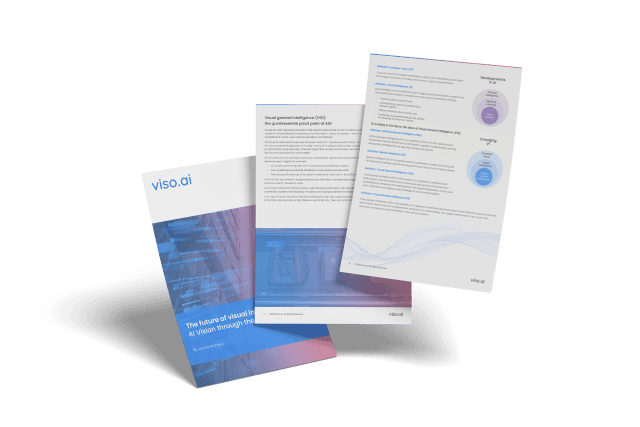
Why this whitepaper?
The whitepaper sets out – among other insights – a simple proposition: if AGI is the frontier of AI, then VGI may be the North Star that proves we’ve arrived.
It explores the definitions and milestones that matter, the market forces accelerating adoption, the application layers where business value emerges, and the timeline of technological transformation from today through the 2050s. Most importantly, it lays out why Visual Intelligence may be the most important technology of our time – a technology that doesn’t just promise efficiency but offers a new lens on humanity’s future.
A call to look deeper
We are standing at a threshold. The systems we’ve built so far have shown us what is possible. The systems we are building next will redefine what it means to see, to understand, and to act.
The question isn’t whether VGI will reshape our world. It is whether you and your organization will lead this transformation – or watch it unfold from the sidelines.
👉 Download the full whitepaper – The Future of Visual Intelligence: AI Vision Through the Looking Glass – to explore the frameworks, forecasts, and industry applications that define the path ahead.
